We may earn money or products from the companies mentioned in this post. This means if you click on the link and purchase the item, I will receive a small commission at no extra cost to you ... you're just helping re-supply our family's travel fund.
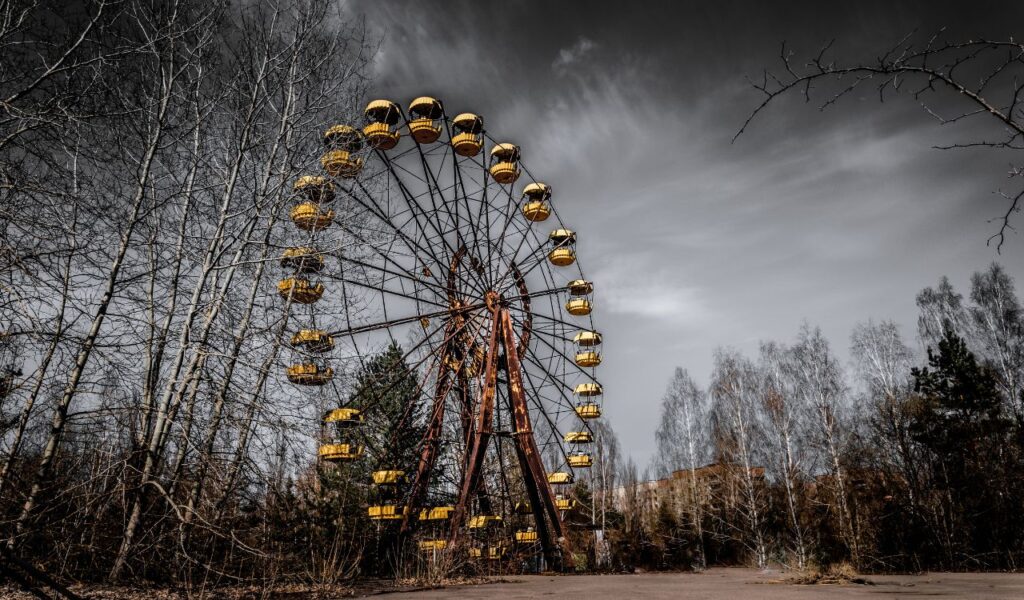
Theme parks are meant to create joy, yet not all of them last. Some were lost to disasters, others to bad planning or fading interest. Many are still visible today, while others survive only in memory, replaced by new developments. What they all share is a story of ambition, decline, and the eerie beauty of what’s been left behind. Let’s step into 11 places where fun once ruled but time had other plans.
Six Flags, New Orleans, USA
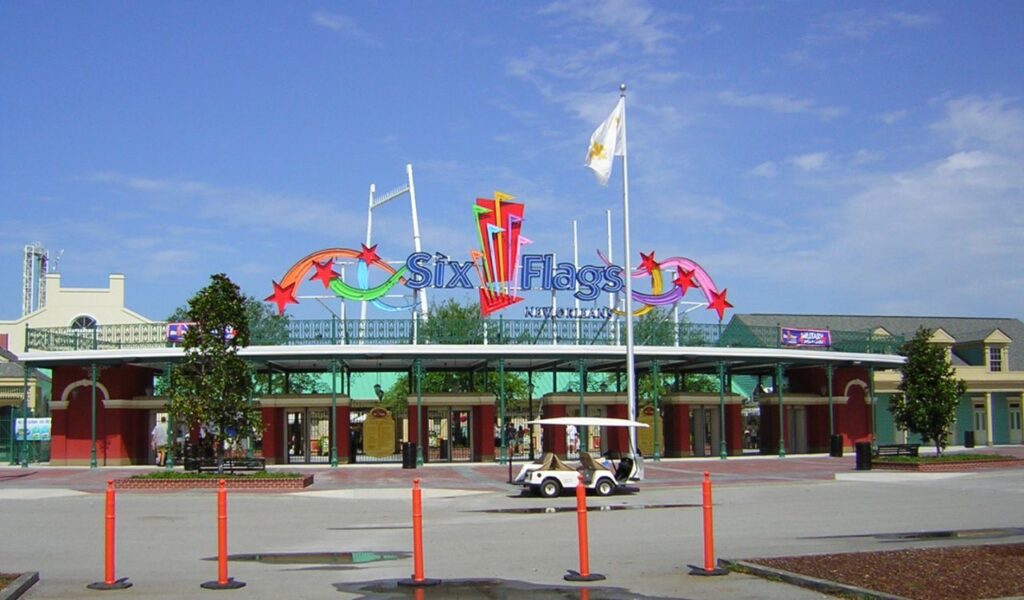
Hurricane Katrina devastated this Louisiana park in 2005, flooding it beyond repair. For years, rusting rides and broken signs made it a mecca for film crews and explorers. But its ghostly era is ending—by 2025, demolition was already halfway complete, with plans to replace it with studios, sports facilities, retail, and a waterpark. Six Flags New Orleans stands as both a ruin of disaster and a site of rebirth.
Pripyat Amusement Park, Ukraine
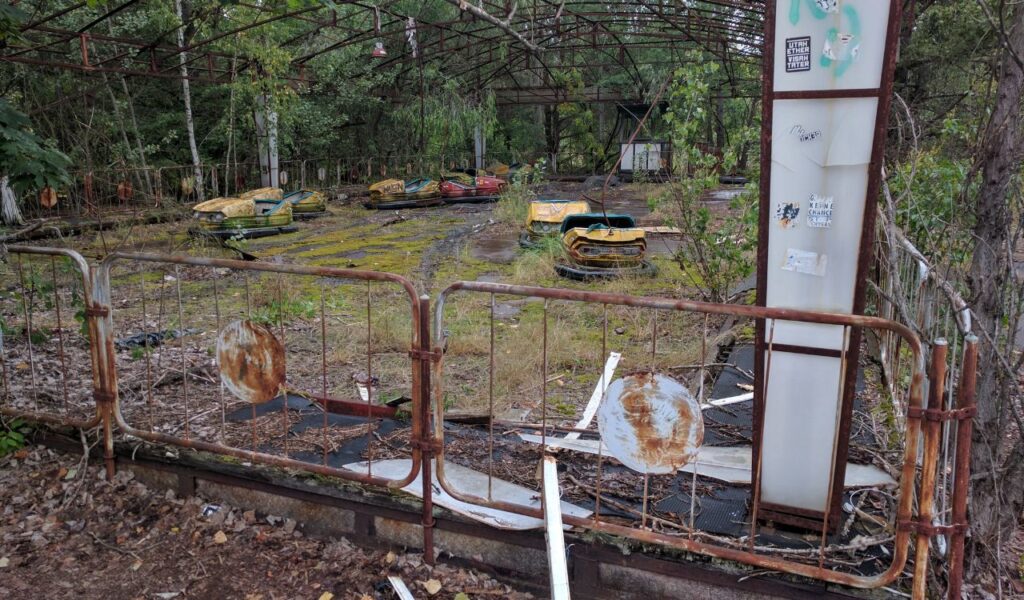
Pripyat’s park was built for a May 1, 1986 celebration, but the Chernobyl meltdown just days earlier left it closed before ever officially opening. Its bright Ferris wheel and bumper cars became symbols of the tragedy, even if stories of a one-day preview remain unverified. Today, the rusting rides stand overrun by weeds, not as entertainment but as stark reminders of a community forced to vanish overnight.
Spreepark, Berlin, Germany
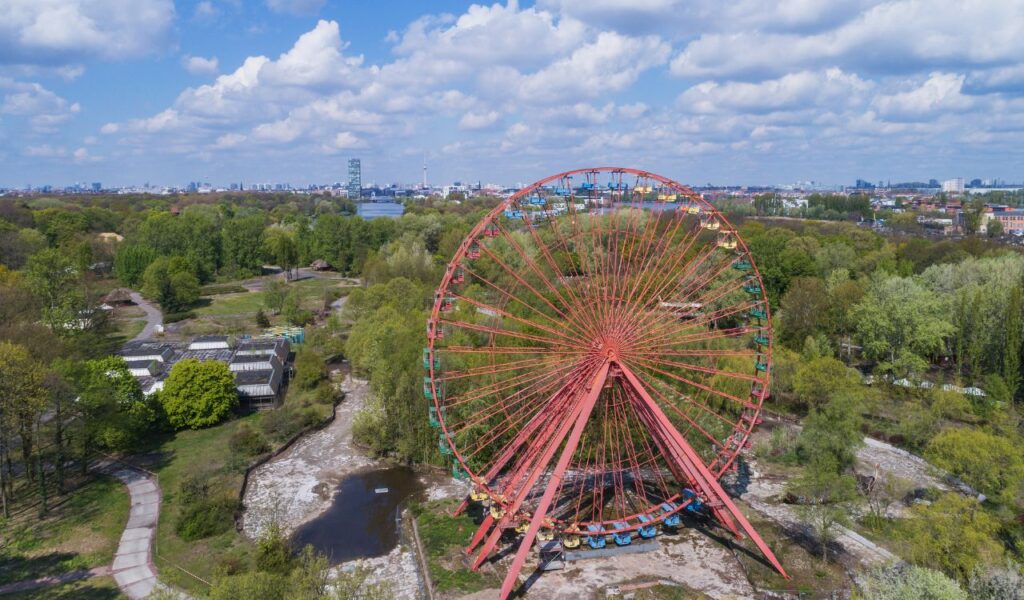
This East Berlin park opened in 1969 and entertained families until financial collapse in 2002. For years, explorers found eerie swan boats and roller coasters hidden in the trees. Since 2014, however, the city has been restoring the site into a cultural and nature park. Its famous Ferris wheel is being rebuilt, with reopening targeted for the late 2020s. Once abandoned, Spreepark now straddles past ruin and future revival.
Gulliver’s Kingdom, Japan

Built in the late 1990s near Mount Fuji, this oddball park centered on a massive statue of Gulliver lying across the grounds. Low attendance doomed it, and it closed in 2001. For a while, the decaying giant made it a favorite for urban explorers. But by 2007 the site was demolished, leaving nothing but photos and memories. Though gone, it remains one of Japan’s strangest theme park experiments.
Wonderland, Beijing, China
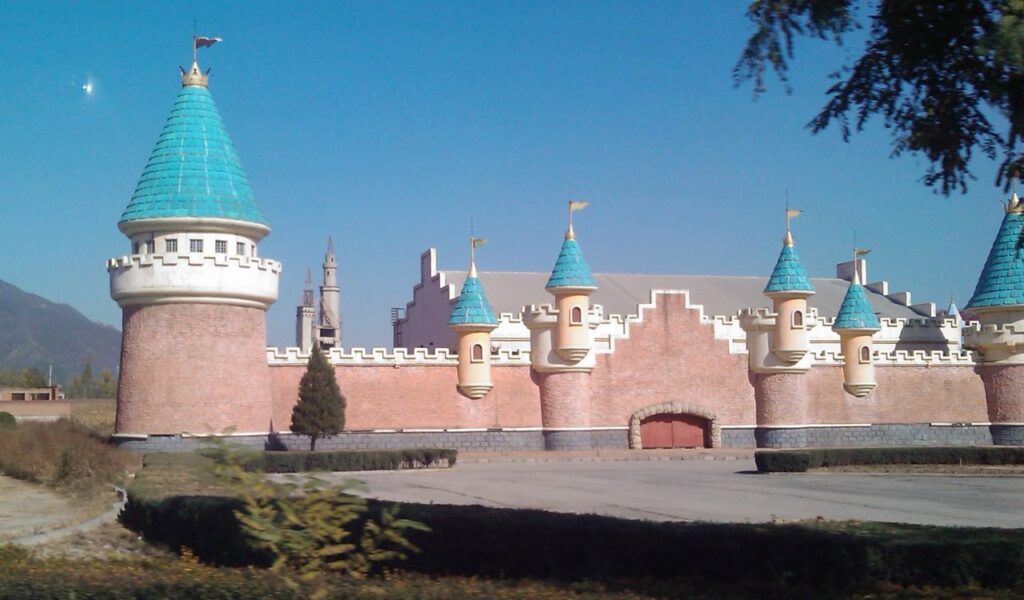
In the 1990s, developers promised Wonderland would be Asia’s largest amusement park, complete with castles and rides to rival Disneyland. Construction stopped in 1998, leaving unfinished towers to loom over nearby farmland. Farmers worked the land while ruins stood, until 2013, when the site was demolished. By 2015, a shopping mall called Badaling Outlets replaced it. Wonderland exists now only in stories of what might have been.
Ho Thuy Tien Waterpark, Vietnam
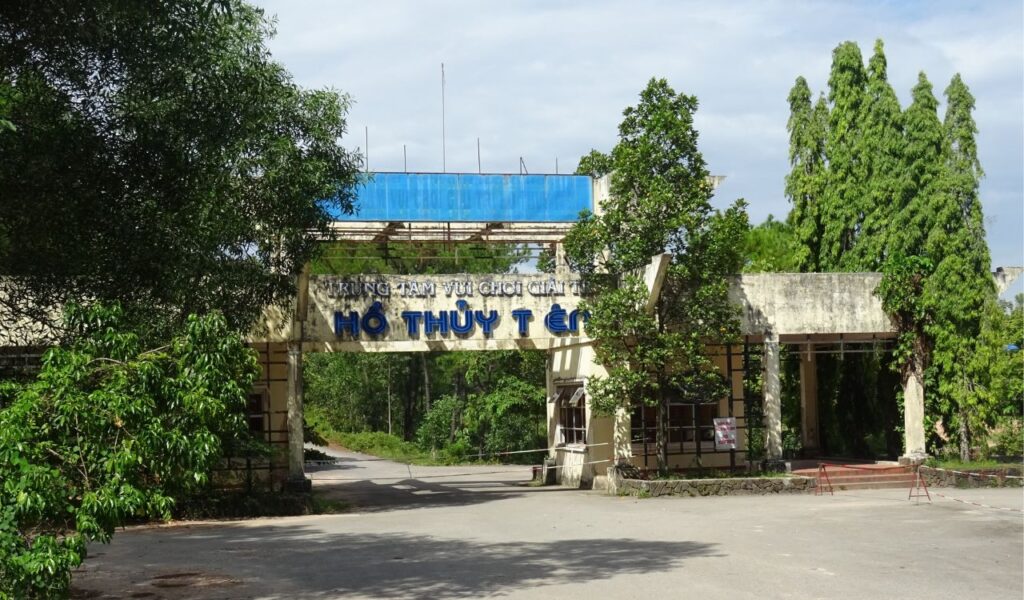
Outside Hue, this waterpark opened briefly around 2004 before shutting down. Its most striking feature is the huge dragon perched over a lake, now covered in moss and graffiti. Slides end in empty pools, and glass lies shattered across the grounds. For years, rumors spread about crocodiles roaming the park—some reports suggest they were real and later removed, others call it a myth. What’s certain is the dragon still lures curious travelers.
Western Village, Nikko, Japan
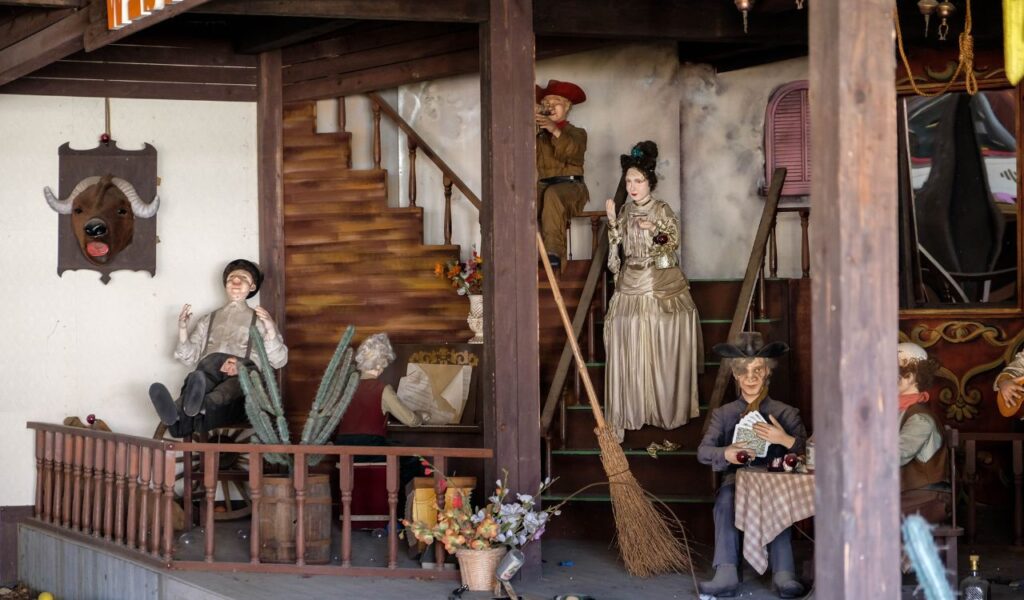
This quirky Wild West park opened in the 1970s, with saloons, stagecoaches, and mock shootouts. Declining visitors led to closure in 2007, but the deserted storefronts, mannequins, and peeling rides remained long after. Though parts have been stripped away, much of the site still looks like a ghost town, with tumbleweed charm in the heart of Japan. Its eerie atmosphere makes it one of the country’s most unusual lost attractions.
Taman Festival, Bali, Indonesia
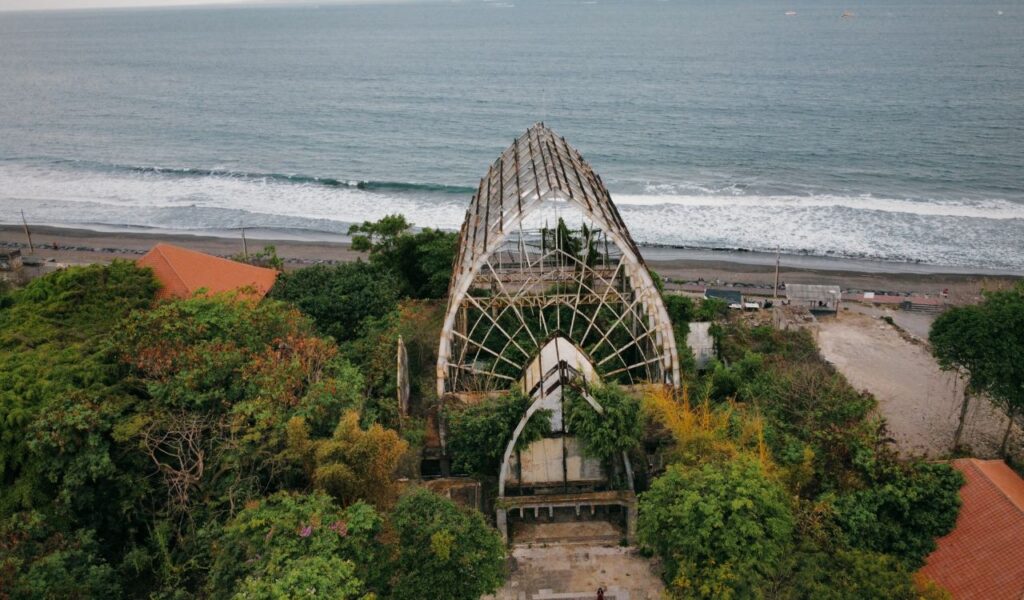
Launched in the late 1990s, this park was meant to dazzle with laser shows, theaters, and exotic exhibits. But the Asian Financial Crisis and a lightning strike that ruined costly equipment forced its closure within just a few years. Today, crumbling statues, vine-covered buildings, and an empty crocodile pit attract photographers and thrill-seekers. Locals whisper about ghosts, while visitors marvel at the strange beauty of Bali’s forgotten park.
Ratanga Junction, Cape Town, South Africa
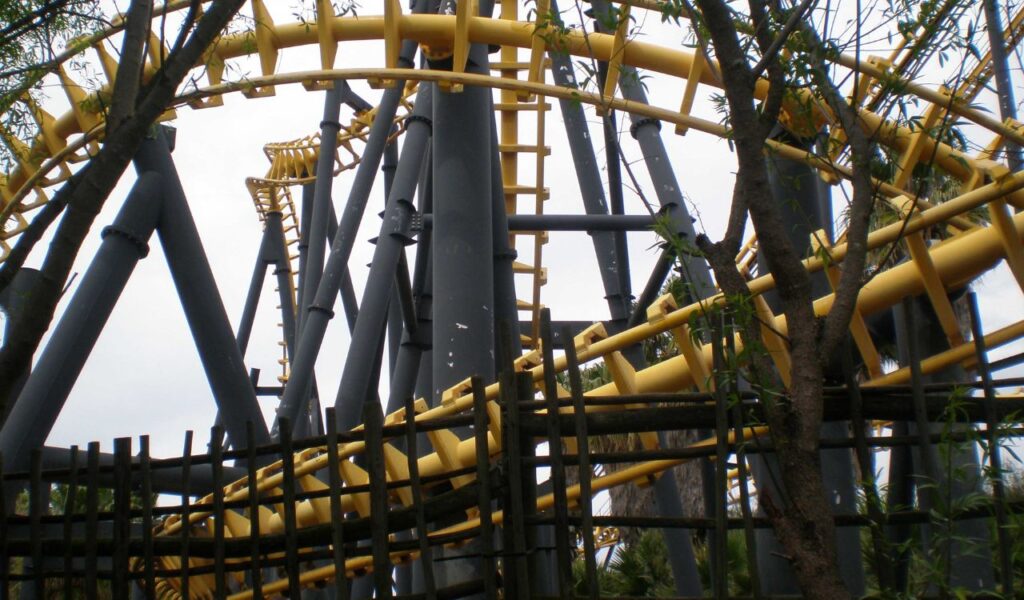
Known as the “Wildest Place in Africa,” Ratanga Junction thrilled riders from 1998 until closing in 2018 due to financial pressures. Roller coasters like Cobra were dismantled, and the site has since been redeveloped into offices, apartments, and retail spaces. Though no longer abandoned, many South Africans still recall its fast rides and fun memories. Its short life left a big cultural footprint, even if the park itself is gone.
Luna Park, Cairo, Egypt
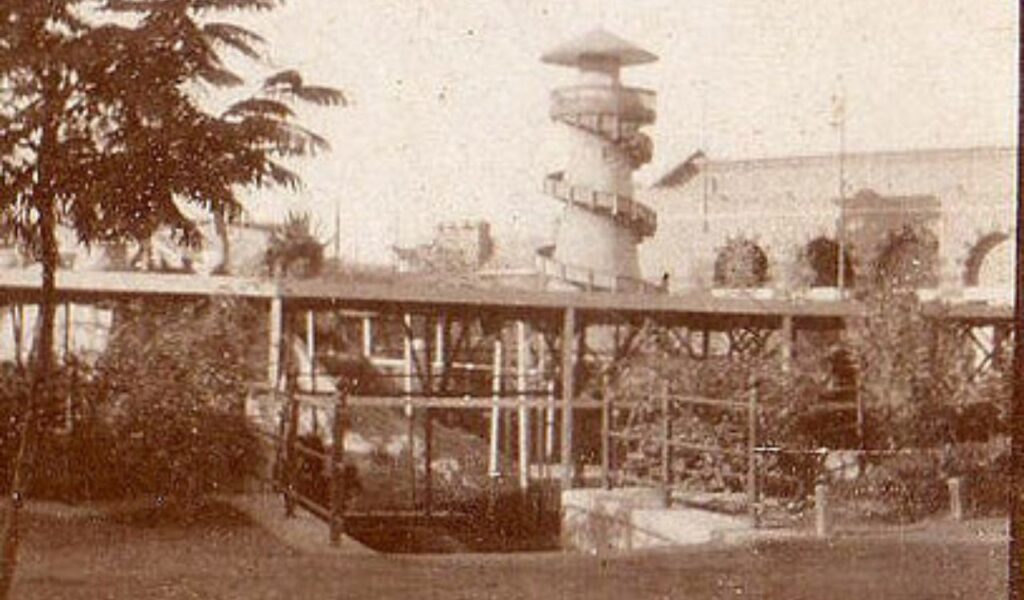
Opened in 1911, Luna Park was the Middle East’s first theme park, with roller coasters, gardens, and rides. But by 1915, it had been converted into a military hospital during World War I, closing the chapter on its amusement era. Nothing of the original park survives today. While it no longer exists as an abandoned site, its brief life left a historic mark as a pioneer in regional entertainment.
Fun Spot Amusement Park & Zoo, Indiana, USA
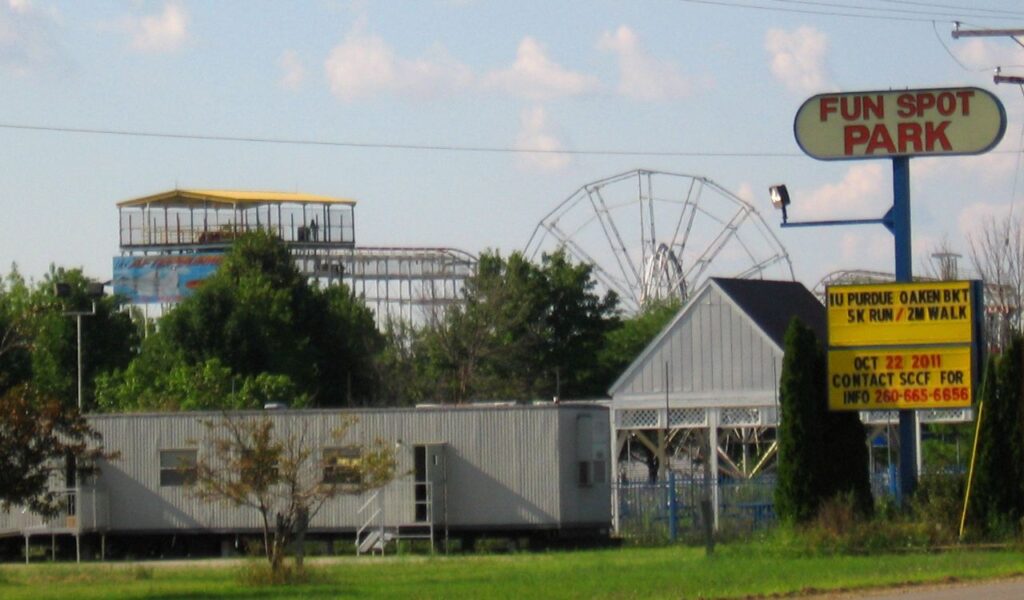
This family park operated for decades before closing in 2008. Wooden coasters and Ferris wheels once rusted in place, though over time rides were scrapped or relocated. The famed Afterburner coaster was dismantled in 2017, and parts of the land now serve local groups, including a rugby club. While no longer a pure ruin, Fun Spot lives on in pieces and in the memories of small-town summers.